Convenient tool for providing nutritional benefits
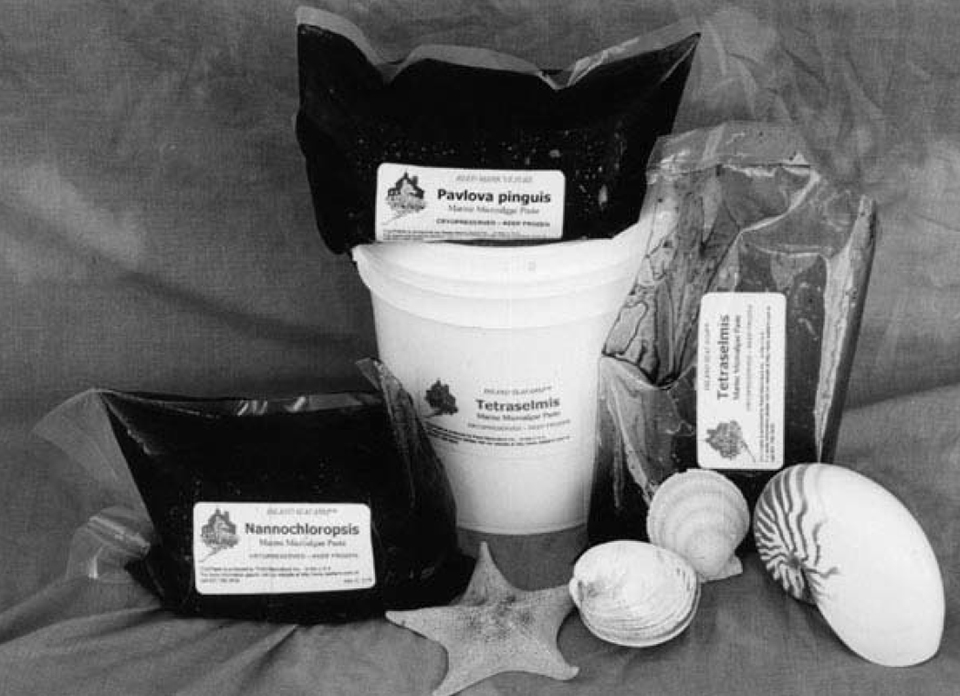
Microalgae is a necessity for feeding larval shrimp, fish, and bivalve shellfish. However, the process of culturing microalgae is also expensive, time consuming, labor intensive, and prone to crashing. Without a commercially available source of marine microalgae, hatcheries have had to grow their own microalgae on-site in specially built, expensive facilities.
A new alternative to growing microalgae on-site is concentrated microalgae paste. It is made from phototrophically- grown marine microalgae mixed with a food grade preservative to give it an extended frozen shelf life (up to two years). Several commonly used species are available, including Nannochloropsis, Isochrysis, Tetraselmis, Pavlova and Chaetoceros. It can be used to replace or supplement live algae or as a backup in the case of live algae crashes. It is very concentrated (~ 4,000 liter of algae culture from a 1-liter bag), and can be easily stored in a freezer until needed.
Advantages of microalgae paste
Microalgae paste has some advantages over live algae.
It is highly concentrated: 1 liter makes several metric tons of algae culture and requires very little room to store. It also frees up hatchery space used to grow live algae.
Long shelf life: By using food grade preservatives it can be stored in a freezer for several years.
Better management of algae supply: during peak times there is never a shortage and during off-peak times no algae is wasted.
Not a vector for virus: The algae can be is produced in a controlled environment and physically removed from any virus sources.
Free from toxic plant fertilizers and algal metabolites: Algae are plants and require high levels of fertilizers and metals to grow. These same chemicals can actually be toxic to animals. And live algae produce produces metabolites that can also be toxic to animals. Separating the algal biomass from the growing media removes all of these unwanted compounds, leaving only the algal biomass that the animals need.
Economically competitive: Commercial production in a large facility provides economies of scale that cannot be achieved in hatcheries, bringing the price below the cost to grow it locally.
Disadvantages of microalgae paste
Microalgae paste also has some disadvantages as compared to live algae:
Leaky cells – Some algal cells rupture during freezing, even though cryoprotective agents are used. This may increase the organic load of the tank somewhat but will also stimulate feeding.
Faster settling rate – Frozen microalgae cells tend to settle faster than live cells. This is scarcely noticable with small cells such as Nannochloropsis, but larger cells such as Tetraselmis require moderate aeration to remain in suspension. No oxygen production – Since frozen microalgae are not live, they do not produce oxygen. However, larval tanks are normally well oxygenated by aeration.
Shrimp hatcheries
Traditionally, shrimp hatcheries have used diatoms like Chaetoceros and Thallasiosira and flagellates like Tetraselmis and Isochrysis to feed their larvae. These microalgae have a good nutritional profile when grown under optimal conditions – cold water, high intensity lighting, sterile cultures, wellbalanced nutrients, and rapidly growing cells. Unfortunately, these conditions are difficult to maintain, especially in warm climates where water is expensive to cool.
When these conditions are not maintained, the algae may look fine but not have the necessary nutritional profile and not perform optimally. Microalgae paste has been shown to significantly increase survival and growth rates of PLs in commercial hatcheries.
One of the challenges that face Central and South American shrimp hatcheries is a problem known as zoea syndrome. While not fully understood, this syndrome is recognized when a tank of zoea stage larvae either fails to start eating, or do not get enough energy from their food to continue feeding. This is rapidly followed by heavy mortality of up to 100 percent. Alga paste made from Tetraselmis has been tested in Ecuador with tanks suffering from zoea syndrome, with reportedly excellent results. These results may be due to two reasons:
- Algae strains used to manufacture the paste contain amino acids and fatty acids that “flavor the water,” which stimulates feeding in larval shrimp.
- The high calorie and easily digestible algae provide more energy to the larvae, allowing them to more actively continue feeding.
Fish hatcheries
Fish hatcheries consume a tremendous amount of microalgae. It is used to grow and enrich zooplankton (rotifers, copepods, brine shrimp) cultures, and for “greenwater” (a technique for coloring the water with algae to enhancing visual contrast for feeding). An adequate supply of microalgae has been a major bottleneck in hatcheries for years.
Microalgae paste is especially useful for growing high-density zooplankton cultures. Rotifer densities up to 10,000 per milliliter can be achieved if the environmental conditions are constant. This is very difficult when using live algae culture, because the water temperature and pH needed for live algae are different than for the rotifer culture. Since large amounts of algae are needed, the system is constantly in flux. Concentrated microalgae paste does not significantly affect the equilibrium.
And since the zooplankton are naturally enriched from the microalgae (high in EPA, DHA, and ARA), there is little or no need for a secondary enrichment process which can impair the zooplankton. The result is live, healthy, highly motile zooplankton which have been shown to stimulate feeding in larval fish by triggering their natural predatory instincts.
Shellfish hatcheries
Bivalve shellfish are algal filter feeders that eat microalgae during their entire life cycle. Nutritious algae are critical both for conditioning broodstock and for larval rearing. Bivalves consume a wide variety of both diatoms and other microalgae. The most commonly used algae include Isochrysis, Tetraselmis, Pavlova, Chaetoceros and Thallasiosira. Microalgae paste products have been widely used in hatcheries all over North America and Canada, and they are also being used in Japan for growing sea urchins and in Spain for growing ascidians. Algae paste can also be used for grazing shellfish like abalone. These animals need either macroalgae or benthic microalgae which can be grown on walls and plates.
Microalgae paste is a convenient tool for providing the nutritional benefits of microalgae without the expense of culture facilities and labor.
(Editor’s Note: This article was originally published in the February 2000 print edition of the Global Aquaculture Advocate.)
Now that you've reached the end of the article ...
… please consider supporting GSA’s mission to advance responsible seafood practices through education, advocacy and third-party assurances. The Advocate aims to document the evolution of responsible seafood practices and share the expansive knowledge of our vast network of contributors.
By becoming a Global Seafood Alliance member, you’re ensuring that all of the pre-competitive work we do through member benefits, resources and events can continue. Individual membership costs just $50 a year.
Not a GSA member? Join us.
Author
Tagged With
Related Posts
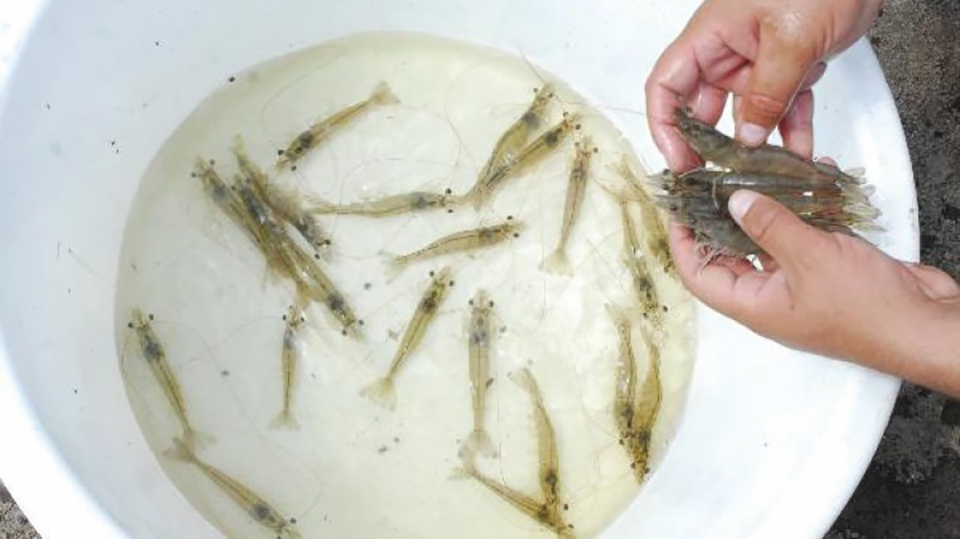
Health & Welfare
A study of Zoea-2 Syndrome in hatcheries in India, part 1
Indian shrimp hatcheries have experienced larval mortality in the zoea-2 stage, with molt deterioration and resulting in heavy mortality. Authors investigated the problem holistically.
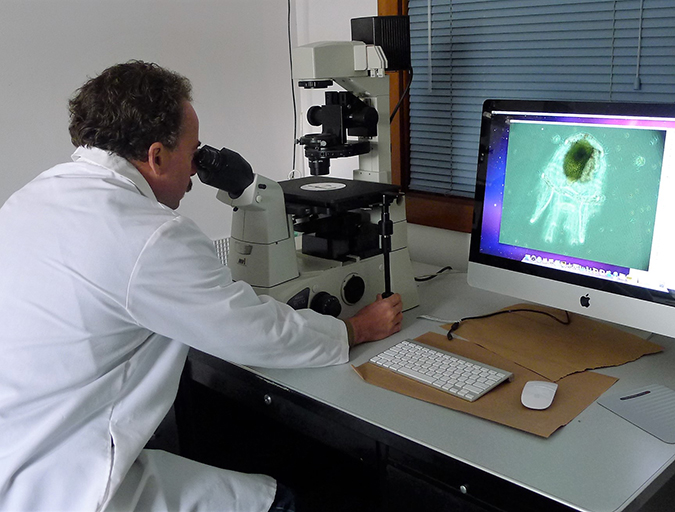
Innovation & Investment
Better together: Partnerships drive innovation at leading labs
Laboratories with industry partnerships are making aquaculture more innovative, efficient and responsible. These collaborations offer access to expertise, facilities and funding to further the industry and improve global food security.
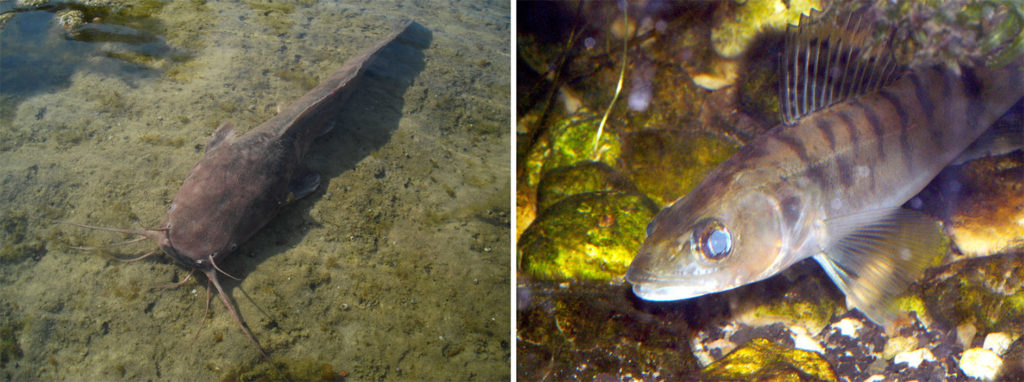
Responsibility
Integrated utilization of microalgae grown in aquaculture wastewater
A study shows that wastewater from recirculating aquaculture systems is suitable for microalgal cultivation and that sludge amendment to the wastewater increases production.
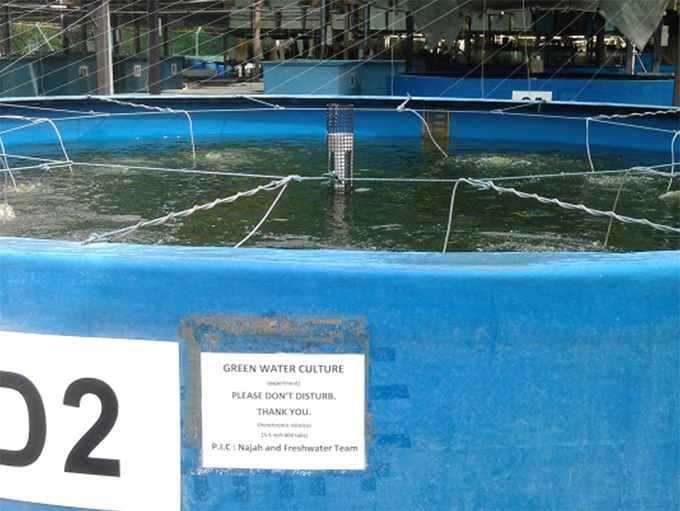
Aquafeeds
Green water meal has potential as aquafeed ingredient
Green water, which describes the typical water color in tropical aquaculture facilities, consists mainly of various phytoplankton species along with bacteria, protozoa and zooplankton. It is relatively easy to produce without any supplemented nutrients.


